
Maxxis bills the Ikon as a lightweight race tire that excels in all trail conditions, though that’s not what initially drew me to the Ikon. This is a fast-roller, AND it’s offered in a 29×2.35in configuration, which makes it one of the beefier XC tires on the market. Here’s what I found through testing the Ikon this fall.
Maxxis produces four versions of the 29×2.35 Ikon: the plain 3C, the 3C with EXO Protection, a tubeless 3C version, and the deluxe tubeless 3C with EXO. All four 29×2.35 flavors feature 3C technology, which is basically Maxxis’s dual compound technology (longer-lasting rubber in the center, grippier rubber on the cornering knobs). The third compound in the 3C trifecta is actually found underneath the two outer compounds.
EXO Protection gives the tire some extra resistance against cuts and abrasion, which users of certain tires with the word “racing” in the name will no doubt appreciate. Maxxis uses a woven material that’s integrated into the sidewall of EXO models.

I tested the 3C with EXO, and at a claimed weight of 760g, I personally wouldn’t call this a lightweight tire at all. (In fairness, this is the heaviest of all the Ikon tires–the lightest 26er version weighs just 480g.) Add in a tube, and this setup is pushing a kilo per wheel.
But here’s the thing: it’s worth the weight penalty over many of the skinnier 29er tires I’ve run in the past. As a high volume tire, the Ikon 29er does its job absorbing trail chatter and smoothing out rough patches. And at the risk of sounding cliché, the additional width really does inspire more confidence on the trail.

Now, let’s talk tread pattern. Maxxis describes the tread as “fast rolling” but to me, that isn’t obvious from looking at the tire. Most fast rolling tires either a) have knobs spaced really close together or b) they have no knobs (or really short knobs) down the center line. On the road, there isn’t a lot of tire buzz from the Ikon which is usually a good sign: no serious resistance is noticeable.
I think a better description for the Ikon (and one that Maxxis even uses themselves) is “all-rounder.” The knobs are long enough and spaced far enough apart to give good bite in the straights and the corners. I’ve experienced excellent results in both wet and dry conditions, and find myself able to push the envelope a bit more in the turns on these tires compared to others I’ve tested.
Maxxis offers the Ikon in all three diameters (26, 27.5, and 29) and 2.20in/2.35in widths for a total of 24 possible combinations with 3C, EVO, and tubeless features.

The Maxxis Ikon is a great tire for XC racers who prefer trading off a couple seconds on the climb for several more seconds in the corners and on the descents. Besides, everyone knows that’s the fun part of mountain biking anyway.










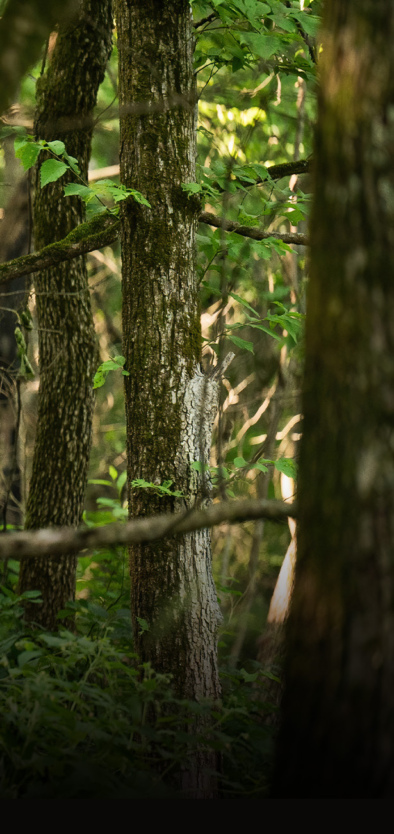





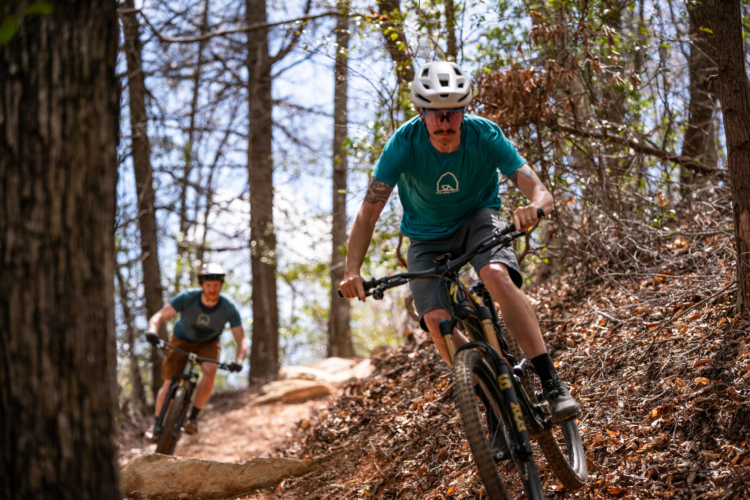
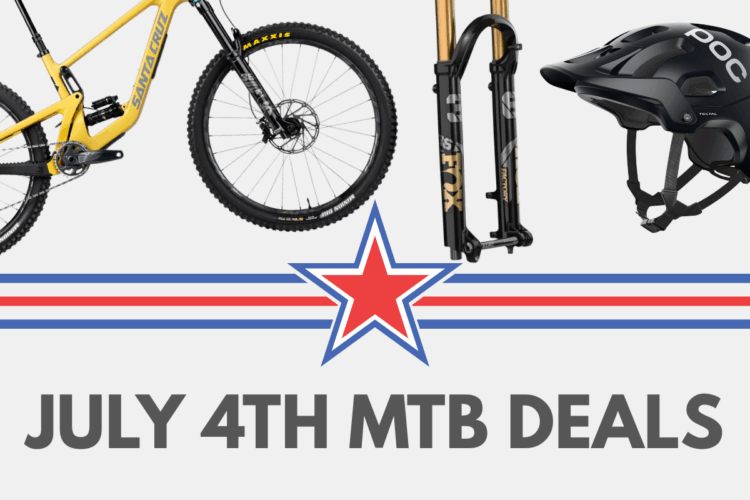
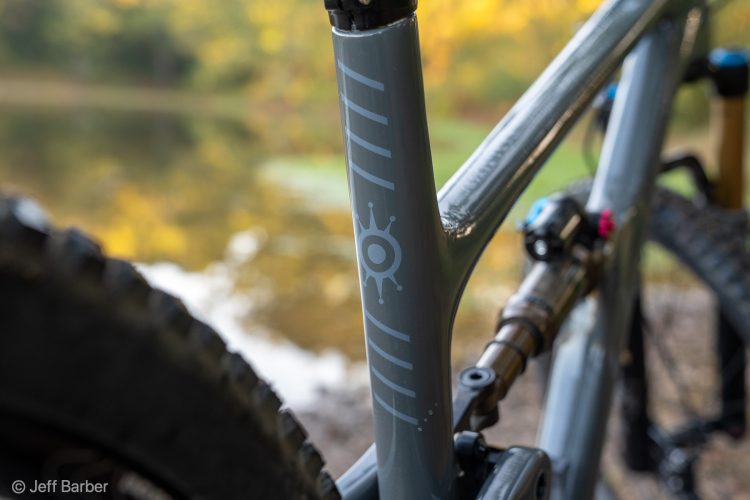
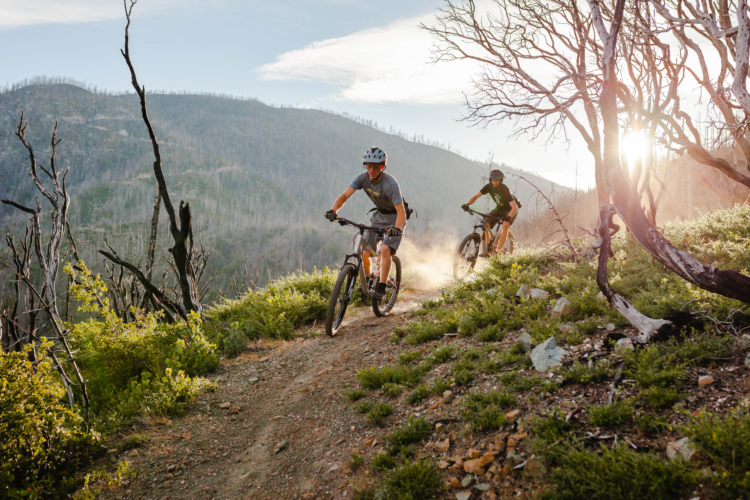

10 Comments
Jan 23, 2014
So why am I super pumped about the 2.3"? I think it'll work great on the front end of the bike when paired with the lighter and faster rolling 2.2" on the rear. Right now I'm using a 2.4" Ardent up front, which is a lot more aggressive than the Ikon, but works great in the leaves and mud commonly found on the trails in the fall/winter. Once spring rolls arround and things start drying and firming up I'll be swapping the Ardent for the bigger 2.3" Ikon.
Jan 23, 2014
Jan 23, 2014
*Full disclosure, I work for Maxxis.
Jan 23, 2014
Jan 23, 2014
Jan 23, 2014
Jan 23, 2014
Jan 23, 2014
Jan 23, 2014
Jan 23, 2014